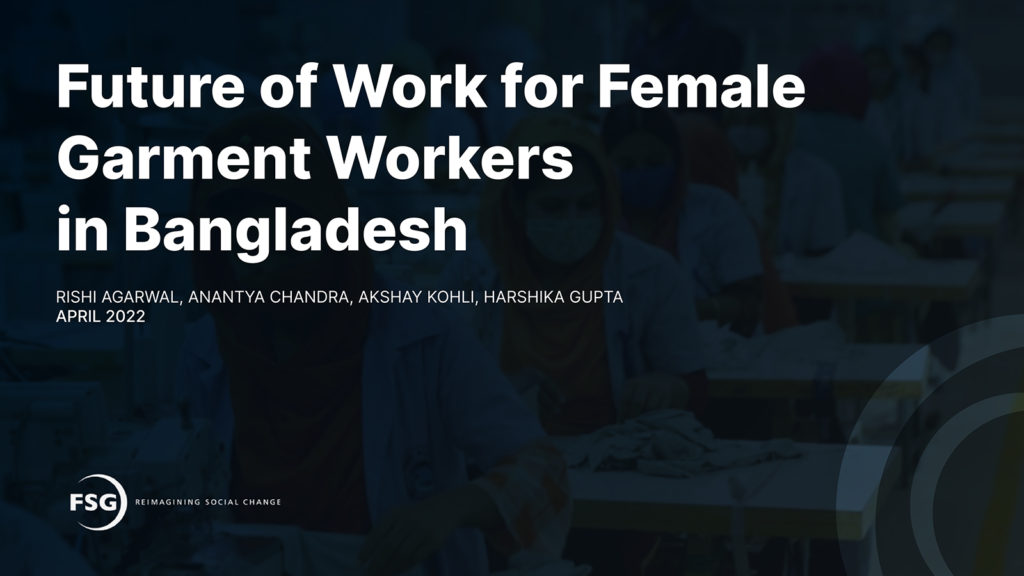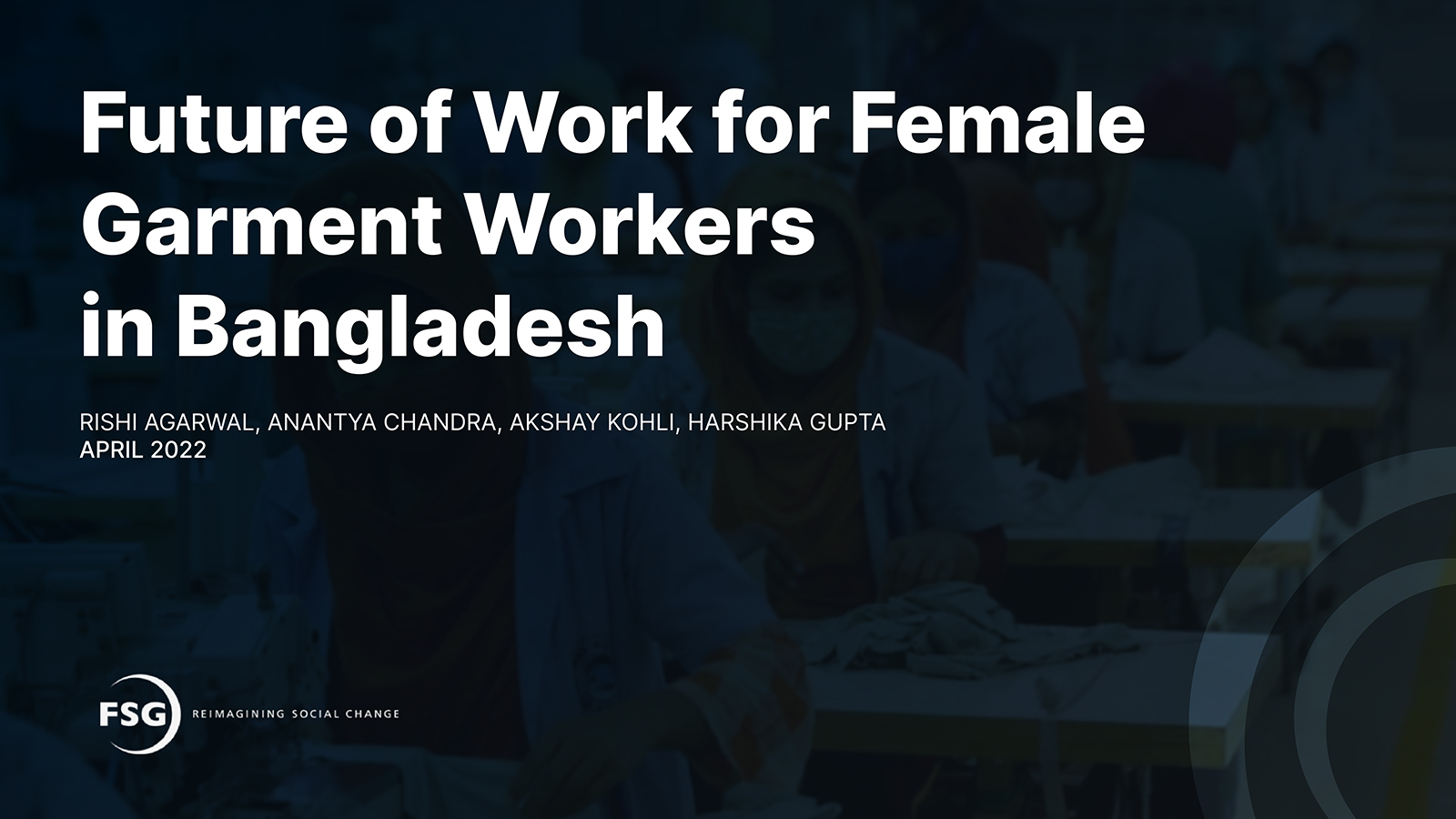
Future of Work for Female Garment Workers in Bangladesh
The current status of female garment workers in Bangladesh reflects a dynamic environment shaped by economic growth, trends in urbanization, and challenges within the Ready-Made Garment (RMG) sector. Bangladesh’s economy has undergone a substantial transformation, growing nearly 15 times since 1980, resulting in a significant reduction in poverty. The middle class is expanding and expected to reach 40% of the population by 2026, with an increasing shift towards urban living.
Migration from rural areas to cities like Dhaka and Chattogram has contributed to a decline in agricultural employment and a simultaneous rise in the service sector. In 2020, the service sector employed 28 million individuals compared to 27.4 million in agriculture. The RMG sector, a crucial contributor to Bangladesh’s economic development, employs around 4 million people, constituting 14% of the GDP. However, the sector is undergoing changes, including increased automation, posing a threat to the livelihoods of female garment workers.
Female workers, constituting nearly 60% of the RMG workforce, encounter challenges due to the rapid automation pace. Automation poses a threat to predominantly female-held junior and low-paid roles, leading to a decline in the share of female workers in the industry from 90% in 1980 to 59% in 2020. These workers often lack the necessary training to adapt to evolving technological demands and face gender-related barriers hindering their progress. Educational gaps persist, with 29% of female workers having no or incomplete primary education, compared to 18% of male workers.
Gender-related perceptions further restrict women’s representation in supervisory and managerial roles, with females accounting for under 15% of supervisory roles and under 5% of managerial positions. A significant gender pay gap persists, with female workers earning 25% less on average than their male counterparts. Workplace harassment remains a considerable concern, with 80% of female garment workers experiencing or witnessing sexual violence or harassment.
In response to these challenges, the H&M Foundation is conducting a Collective Impact initiative to prepare female garment workers for the industry’s automated and digital future. Scenario planning is being employed to understand potential employment outcomes for female workers by 2030. The focus is on developing interventions that enhance the employability of female workers, considering uncertainties such as the rate of automation and other factors impacting their future prospects. The initiative aims to proactively address potential scenarios and equip female garment workers with the skills needed for a changing industry landscape.

|
Interested to learn more? |


 LightCastle Editorial Wing
LightCastle Editorial Wing